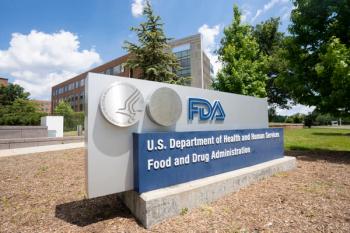
White House Deficit Reduction Plan Targets Biologic Exclusivity Period
President Obama released his plan for deficit reduction on Sept. 19, 2011, and included in the 80-page report are several provisions that would affect US drug makers if enacted.
President Obama released his plan for deficit reduction on Sept. 19, 2011, and included in the
are several provisions that would affect US drug makers if enacted. The first is a proposal to reduce the period of exclusivity for biologics from the current 12 years to seven years. In addition, the practice of evergreening—extending the exclusivity period by making minor changes in product formulation—would be prohibited. According to the report, “The Administration’s proposal strikes a balance between promoting affordable access to medications and encouraging innovation to develop needed therapies. The proposal will result in $3.5 billion in savings over 10 years to federal health programs including Medicare and Medicaid.”
Another provision would give the Federal Trade Commission the authority to prohibit pay-for-delay agreements, in which a manufacturer of an innovator product pays to delay the entry of a generic drug onto the market. The proposal is intended to increase patient access to generic drugs and biologics, and the administration projects that the policy would save federal health programs $2.7 billion over 10 years.
Also included in the plan is a proposal to align Medicare drug-payment policies with Medicaid policies for low-income beneficiaries. The plan would require the same drug rebates that are offered to Medicaid recipients to be offered under Medicare Part D. It is estimated that the policy change would result in $135 billion in savings over 10 years.
See related Pharm Tech articles:
Newsletter
Get the essential updates shaping the future of pharma manufacturing and compliance—subscribe today to Pharmaceutical Technology and never miss a breakthrough.





